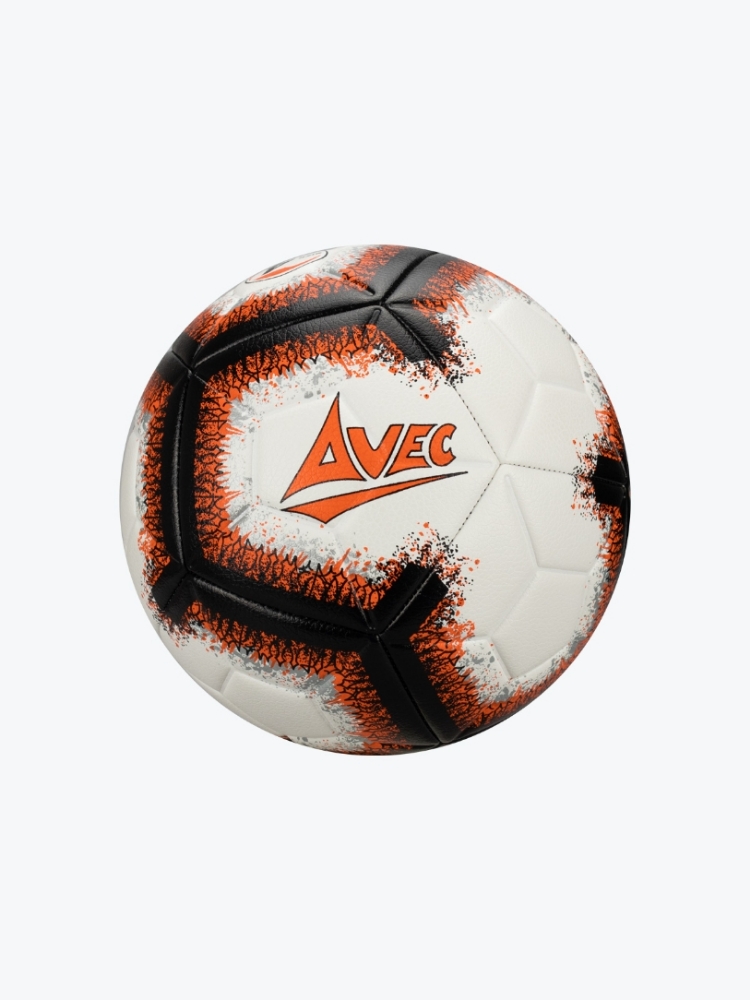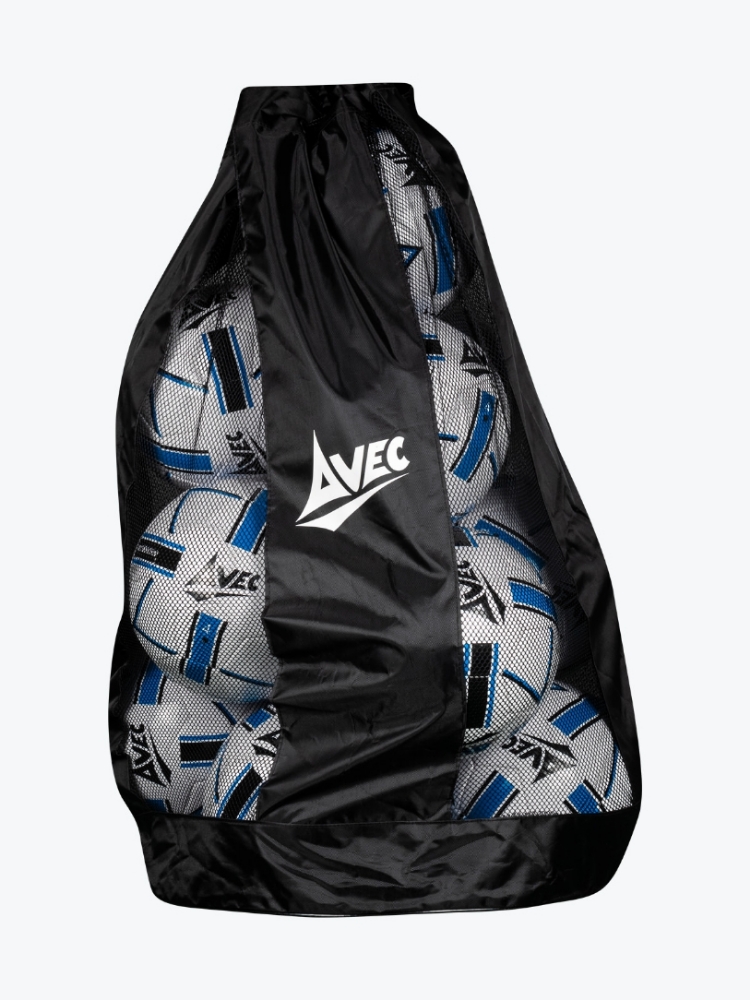
A guide to fun football games for kids and how they improve skills
When it comes to football, most children will be excited and raring to go without thinking much about warming up or improving their skills, and the thought of doing drills may initially seem less thrilling than playing a match. However, it doesn’t have to be that way.
Football drills for kids can be as fun as they are important for skill development, and they can help your young team stay engaged and focused. If you need some inspiration on how to ensure that your team is having fun whilst also practising their football techniques, we’ve compiled a list of the best drills for kids. Covering a range of ages, the exercises below can be customised and adapted to suit all ability levels. Keep reading to find out more.
Why are football drills important?
Training drills are an excellent way of improving key skills such as speed, ball control, defence, and passing, all of which can positively impact team gameplay. In addition, players are likely to feel more confident in their abilities as drills will help them improve in all areas.
Football drills also have another important benefit as they can be used to warm up before a match or more intense training session. This will help get blood flowing and reduce the risk of injury, aches, and pains caused by muscles not warmed up properly before exercising. You can read more about planning a football warm-up on our dedicated blog, adapting the exercises to be suitable for your team’s age group, or you can incorporate the drills below into your regime for an effective kid-friendly warm-up.
Football drills for 2-year-olds
When it comes to football drills for toddlers, you’ll be focusing more on the fun aspect than the skill-training aspect. This will help keep their interest with the ultimate objective of improving their motor skills until they’re ready to hone in on what they have learned as they get older. Some of the best drill games are as follows:
Granny’s footsteps
Also known as ‘red light, green light’ or ‘stop & go’, this game is good for two year olds to practise running in a straight line whilst dribbling a ball. You can play by having each child line up at the edge of the pitch with a ball at their feet whilst you stand central in the middle of the pitch or by the wall. You can then play the game as normal by randomly turning around and trying to catch them out, telling them to go back to the start line if they are caught moving once you’ve turned.
Kick the cones
This game is designed to help young players practise one of the most basic football skills, kicking. It will be easier for them to kick cones over rather than trying to kick a ball, so it’s best to practise using these first before moving on to harder targets.
This game is very simple to set up, simply place the cones in a circle or even in a line, and have one child at a time trying to kick over all of the cones as fast as they can. You can turn this into a competition or team game, and have the other children set the cones back up for the next player.
Dinosaur eggs
The game ‘dinosaur eggs’ isn’t too far away from the concept of chubby bunnies or hungry hippos, it’s just a more active version. You play it by scattering footballs around the pitch and setting up a net which acts as a ‘nest’. You can have the children pretend to be dinosaurs or pretend to be saving the dinosaurs, and they need to collect the balls and kick as many as they can into the net within a defined timeframe. This helps to teach them how to score goals quickly and improve their ball control.
Football drills for 7-year-olds
Older children will have more refined skills, so they’ll be able to tackle more complex games. However, these should still be fun to play whilst targeting those key abilities for improvement. The options below are suitable for 7 year olds, but could also be played in the age ranges from 6-10, but may need minor adjustments depending on ability level.
Cone dribbling
Cone dribbling is a classic training drill exercise, simply set out a line of cones and have your players dribble the ball through them as fast as they can. This will help to improve their technique, as well as act as a great warm-up.
If you want to make it more challenging, you can add in some extra additions such as shooting the ball into a goal once they come to the end of the cones or passing it to another player who will dribble the ball back to the beginning.
Stuck in the mud
This classic game can be adapted and made into a fun training drill. To play, you’ll need to set up a defined area for a team to play in, and have one or two ‘mud monsters’ depending on the number of players. Aside from the mud monsters, each player will need their own ball. If they get caught by the monster they need to stand with their feet apart and their ball above their heads. They can be freed if another player dribbles or shoots their ball through their legs, making this a fun way for players to practise shooting, dribbling, and ball control.
Tip: To make it clearer who your mud monsters are, you might wish to use training bibs. Just make sure to have players swap around so that everyone has a turn to practise dribbling and shooting.

Training bib in sky blue £3.75
Football bowls
This drill has a similar concept to lawn bowls, however, each player aims to hit their opponent’s ball rather than just get close to it. This objective is to improve passing accuracy. To play, you’ll need each player partnered up. Player one will then kick their ball, and once the ball stops moving, player two will then need to kick theirs and try to hit their opponent’s. The first player to hit their opponent’s ball five times will win the match.
Tip: we’d recommend using training balls for this exercise, and utilising a carry bag to make clearing away easier, especially if you have a large team.


Attack Training Football £8.50 | Football carry bag £14.95
Football drills for 10-year-olds
10-year-olds will be able to understand more complex games and train more like professionals do, paying careful attention to the correct techniques required in gameplay. Therefore, these games may not be as exciting as the drills for younger children, but they will be valuable nonetheless. You can add to the excitement and the challenge by making them competitive.
The ladder
Using the ladder is an excellent way to improve speed, agility and coordination, and there are plenty of different exercises that you can do to vary your training. For fast footwork, we recommend trying the icky shuffle. This is where players stand on the left side of the ladder, placing their right foot into the box. They will then immediately place their left foot into the box as well, before tapping the right foot out of the box to the right-hand side and using the left foot to propel forward into the next box. Repeat this exercise all the way down the ladder.
Triangle passing
This is a very simple exercise that works on passing skills, you can play by having three players stand in a triangle. The distance can be increased if they are of higher ability. Have them pass the ball to each other, emphasising the correct techniques for stopping and kicking the ball. Alternatively, you can have them stop the ball with different body parts for extra practice, or add in a defender to the centre of the triangle.
Fun football games for kids of all ages
If you coach a range of ages and you need a fail-safe game to cater for all whilst improving skills, there are a few fun games that you can do to help warm up or cool down after a training session.
Simon says
A game all children are familiar with, this tests their listening skills and can easily incorporate football techniques. As a coach, all you need to do is shout out relevant commands such as ‘pass the ball to the person on your right’, ‘kick the ball into the goal’ or ‘touch your toes without bending your knees’. The latter command is a great example of incorporating some stretches to help with cooling down.
Relay race
Another simple yet fun game, have your players run a relay race. All you’ll need to do is replace the baton with a football and have them dribble it to the next player in the race. The final player could then kick the ball into a goal for their team to win.
Small scale matches
Most kids like to play football because it is fun, therefore you can just create small teams to play a match, perhaps in groups of 6. This could also give the children a chance to play in different positions such as goalie, or they could even try their hand at being a referee. Using training bibs can help team members to differentiate who’s on which side.
Level up your junior team with Avec Sport
At Avec Sport, we don’t just provide inspiration for training your team, we also offer quality junior team kits and accessories that can help to bring your club to the next level. Our junior football kits come in a range of sizes and colour options to help you build a strong team identity and allow young players to feel professional, cool and confident on the pitch. Browse through our collections to order yours, or find out more about bulk orders with our Team Avec+ page

